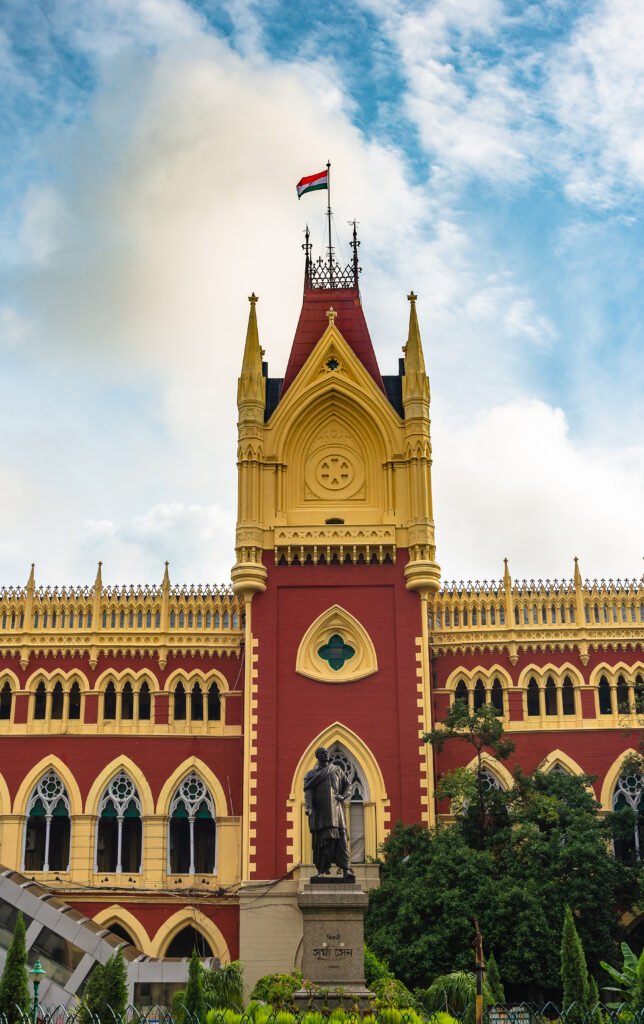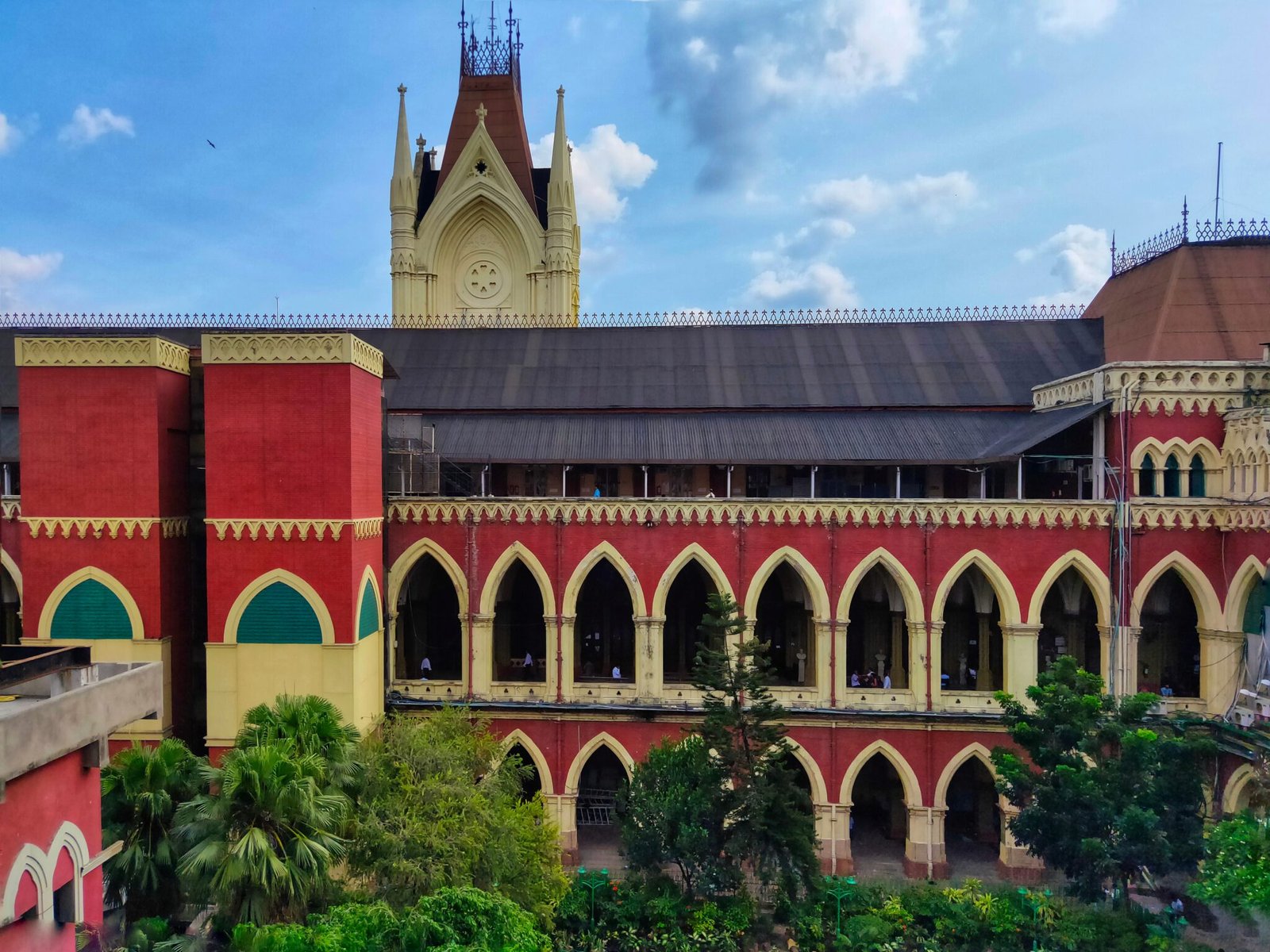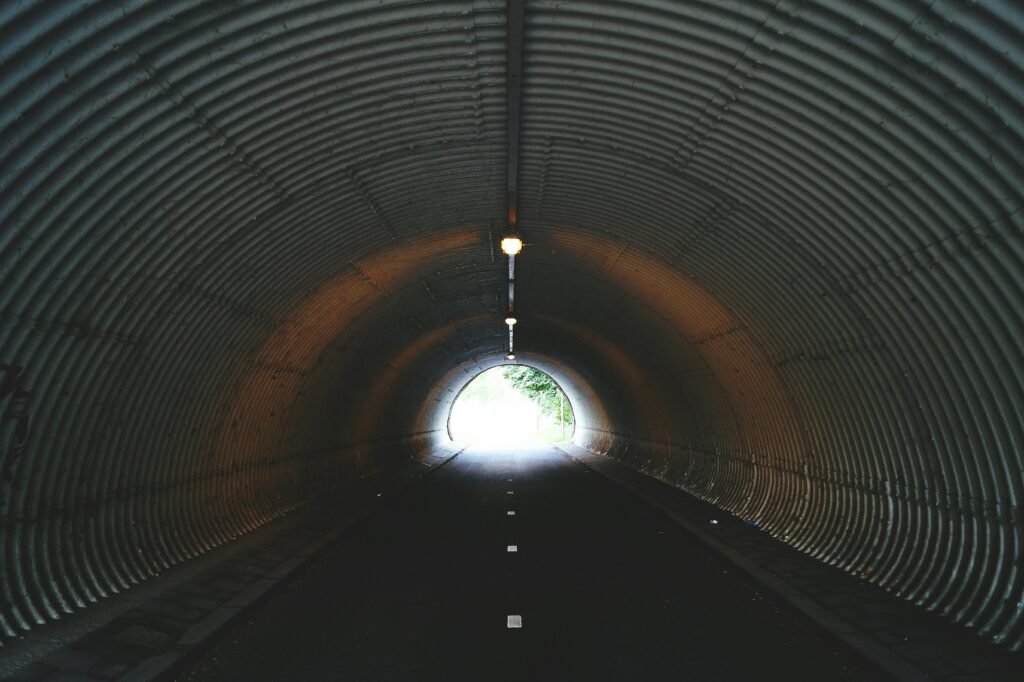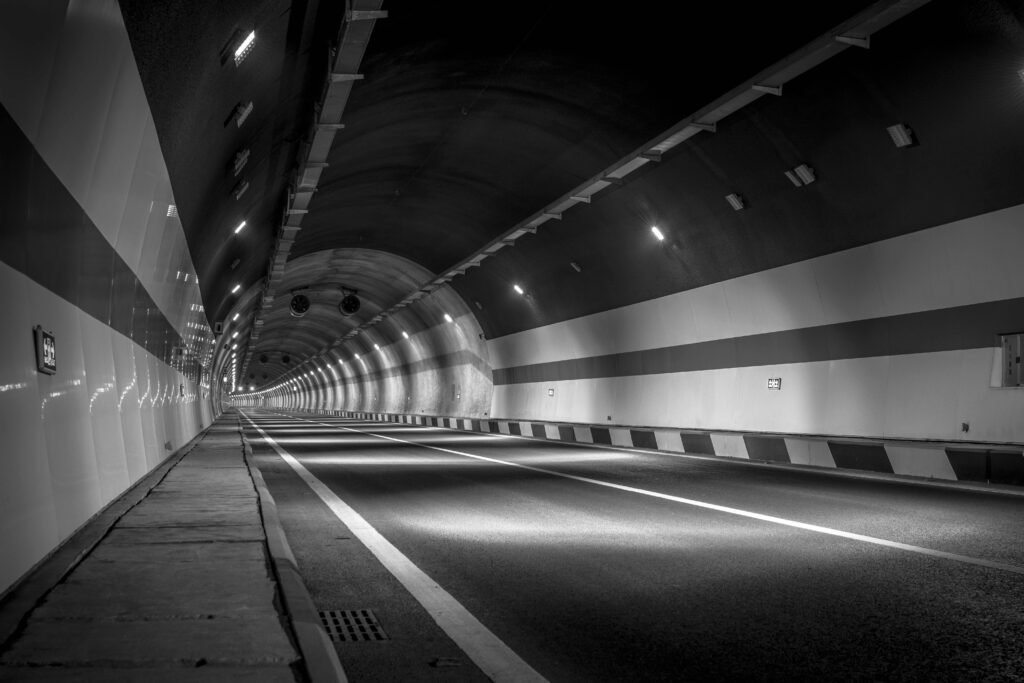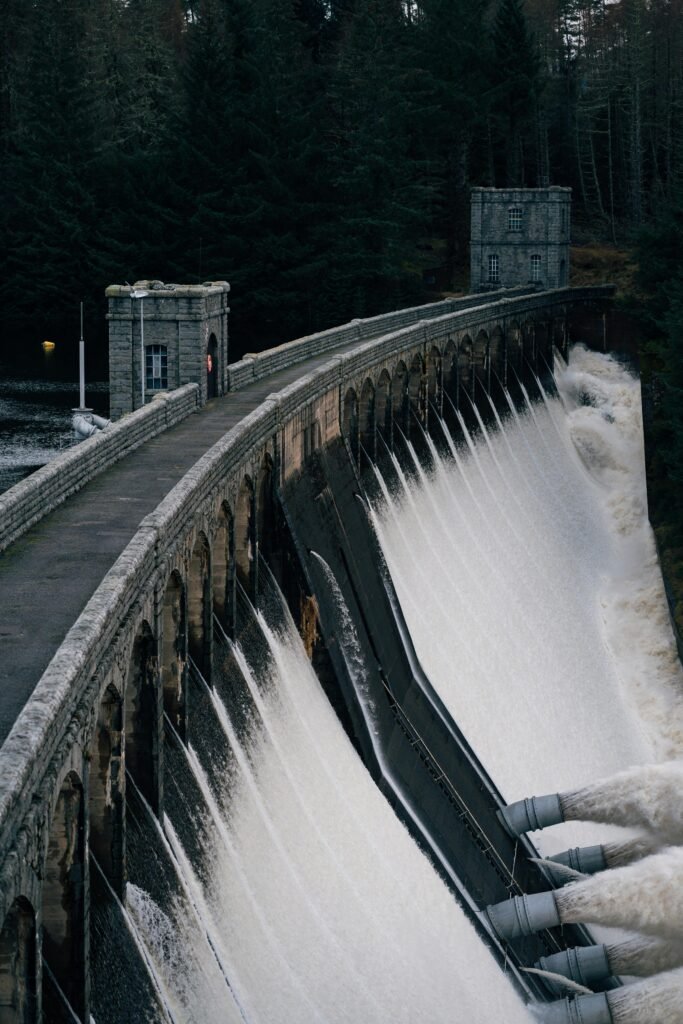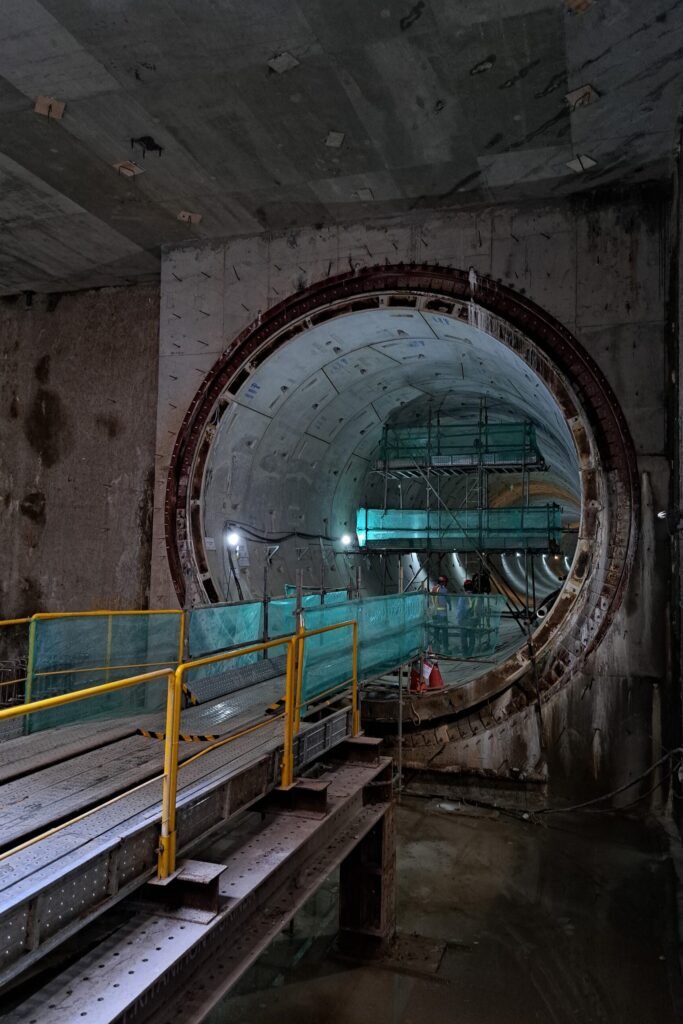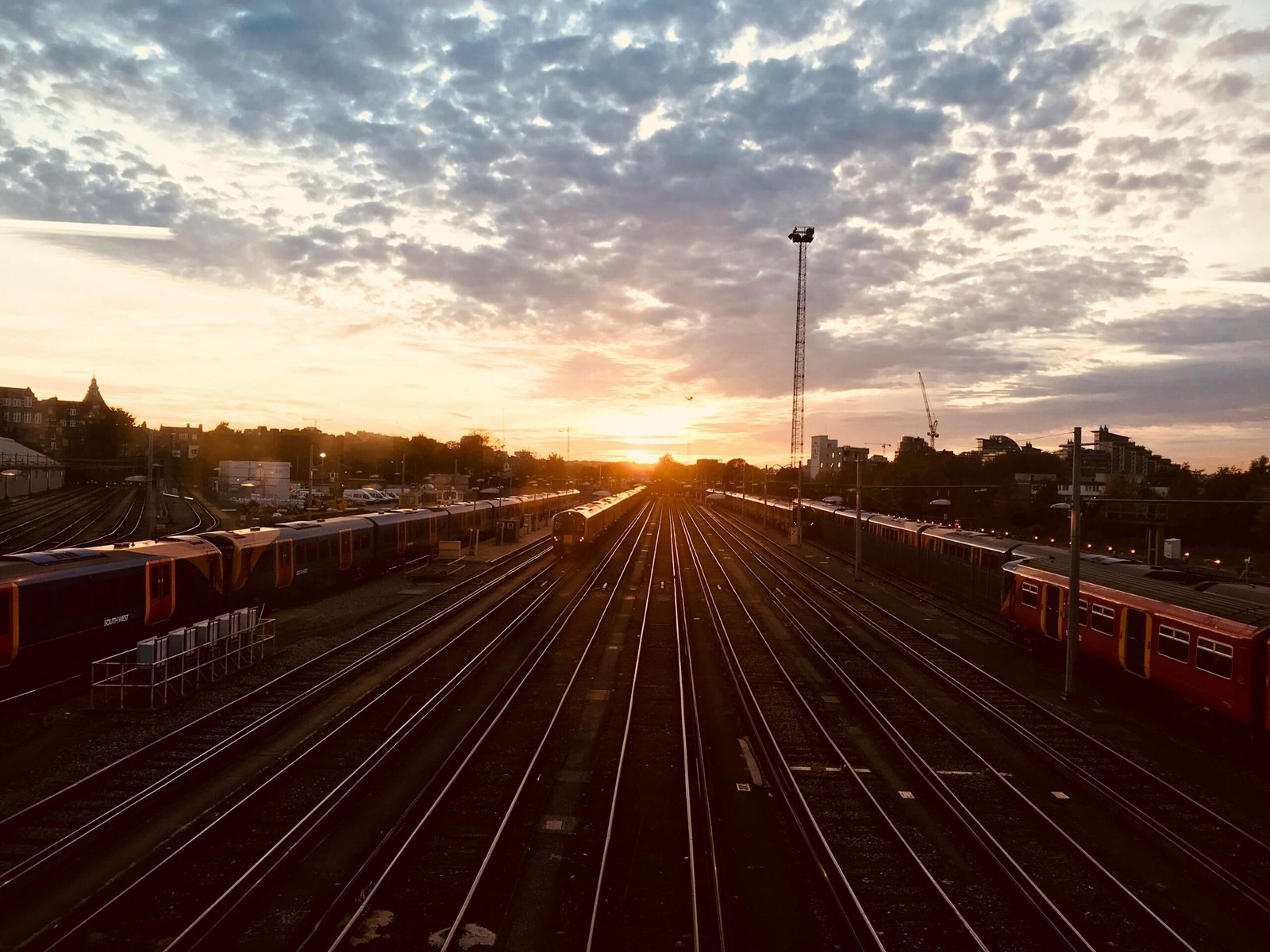
Year
2024
Location
Rishikesh Karnaprayag
Type
Goverment
Client
RVNL
Services
Pre-Excavation Grouting
Water Ingress Control & Dewatering
Rock Mass Stabilization
Geotechnical Risk Management
The Rishikesh–Karnaprayag Railway Project – a critical Himalayan connectivity initiative executed under extreme geological and hydrological challenges to ensure safe and efficient tunneling in fragile terrain.
Project details
- The MAX-HES (JV) is excavating the Adit Tunnel-1, which is part of Package-1 of the Rishikesh-Karnaprayag Railway project, near Rishikesh.
- Excavation length of CH. 201.0m, massive water infiltration from probe holes bored at the face A body of water is also nearby, exacerbating the problem.
- The presence of water as a result of joint sets and intrinsic water location has made the excavation hazardous to both man and machines. As a result, pre-excavation grouting is advised to stop and redirect water ingress and make the excavation safe.
- The rock mass has four ubiquitous and closely spaced pairs of joints (5 to 30cm). Clay infilling is also seen in the discontinuity planes. An average Q- value 0.04-0.05 has beenassigned to the face.
Field Conditions
- Presence of water at excavation zone
- Low Q value of rock
Challenges
- Heavy water inflow
- Presence of weathered rock mass in the excavation zone
- High lugeon value of fractured rock
- Excessive loss of water from the ground may lead to a catastrophe.
Excavation of Adit Tunnel-1 under Package-1 of the Rishikesh–Karnaprayag Railway Project faced massive water ingress and hazardous rock conditions due to closely spaced joint sets, clay infillings, and low Q-value rock mass. Advanced pre-excavation grouting, water control measures, and precision engineering were implemented to stabilize the excavation face and mitigate risks. This integrated approach ensured safety for workers and machinery while maintaining progress in one of India’s most challenging tunneling environments.

